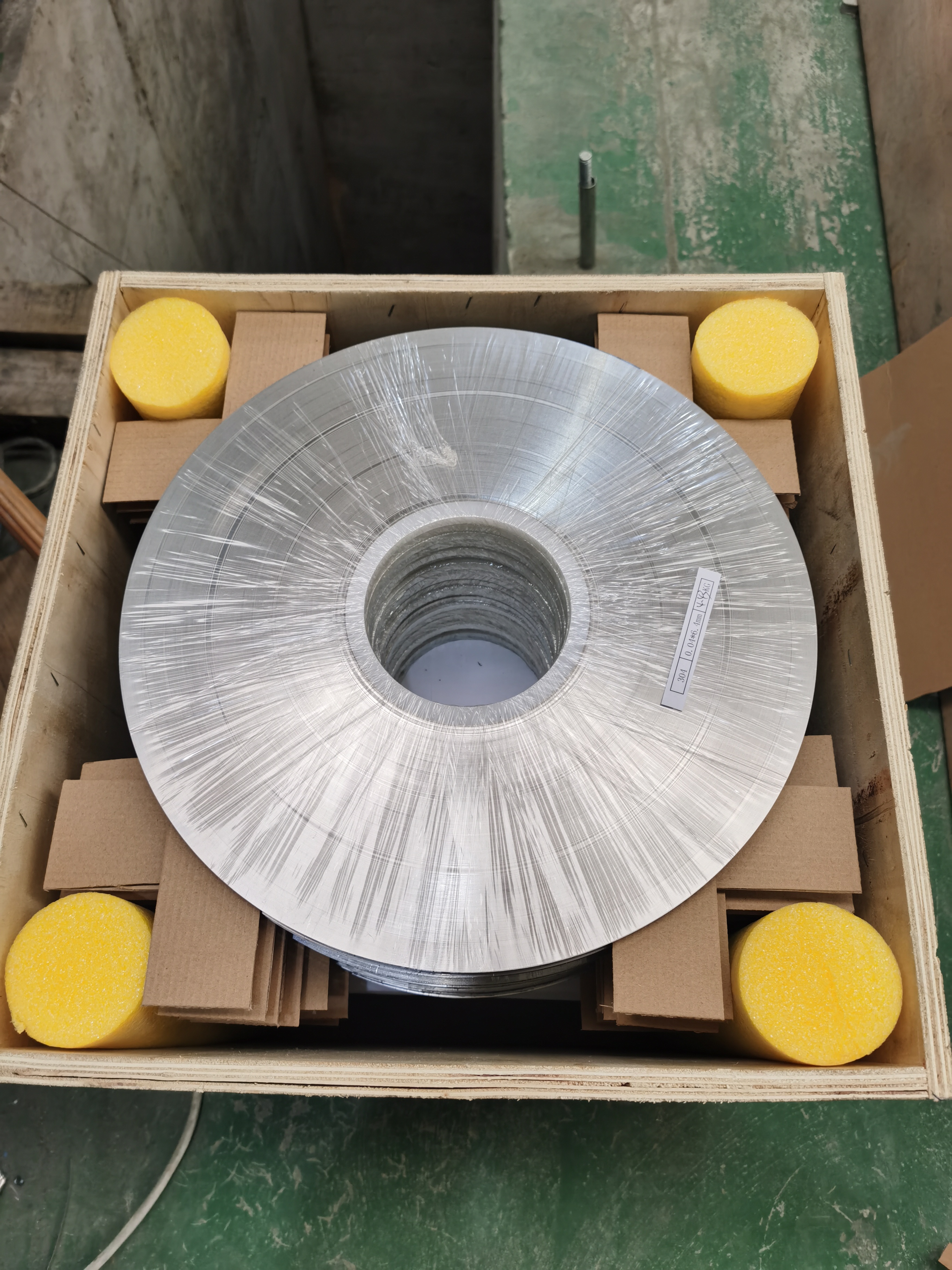201 stainless steel strip is widely used in the industrial field, especially in the construction field, and has many characteristics that other metals do not have. But what will happen to the 201 stainless steel strip during the slitting process? How to avoid it?
Many problems can arise during the metal cutting process. Including but not limited to these:
- low edge quality
- burrs (those dangerously sharp)
- Edge waves or bends
- Knife marks
- Slot width does not exactly meet specifications
Under strong magnification, the edges of the cut metal will appear to have shiny and dull areas (nicks and breaks, respectively). There is a line between the notch and the rest; if this is straight and the fracture is clean, it is a superior edge. Uneven lines and rough breaks mean disadvantages. Local burrs are prominent. When there are burrs protruding periodically on the edge, usually the tool has a chipped hole. At this time, it is necessary to stop the machine to check, find the chipped tool and replace it. Before arranging the knives, the arranging personnel should check the knives to avoid the cracked knives.
It's not always practical to zoom in on the edges in this way to check for quality, it's up to making sure you order from a very competent supplier to get the perfect edge every time.
Our stainless steel strips can be produced in any number of individual specifications, including edge trimming, for risk-free processing. We offer a variety of stainless steel strips, thicknesses and widths, and we can also supply special alloys upon request....



